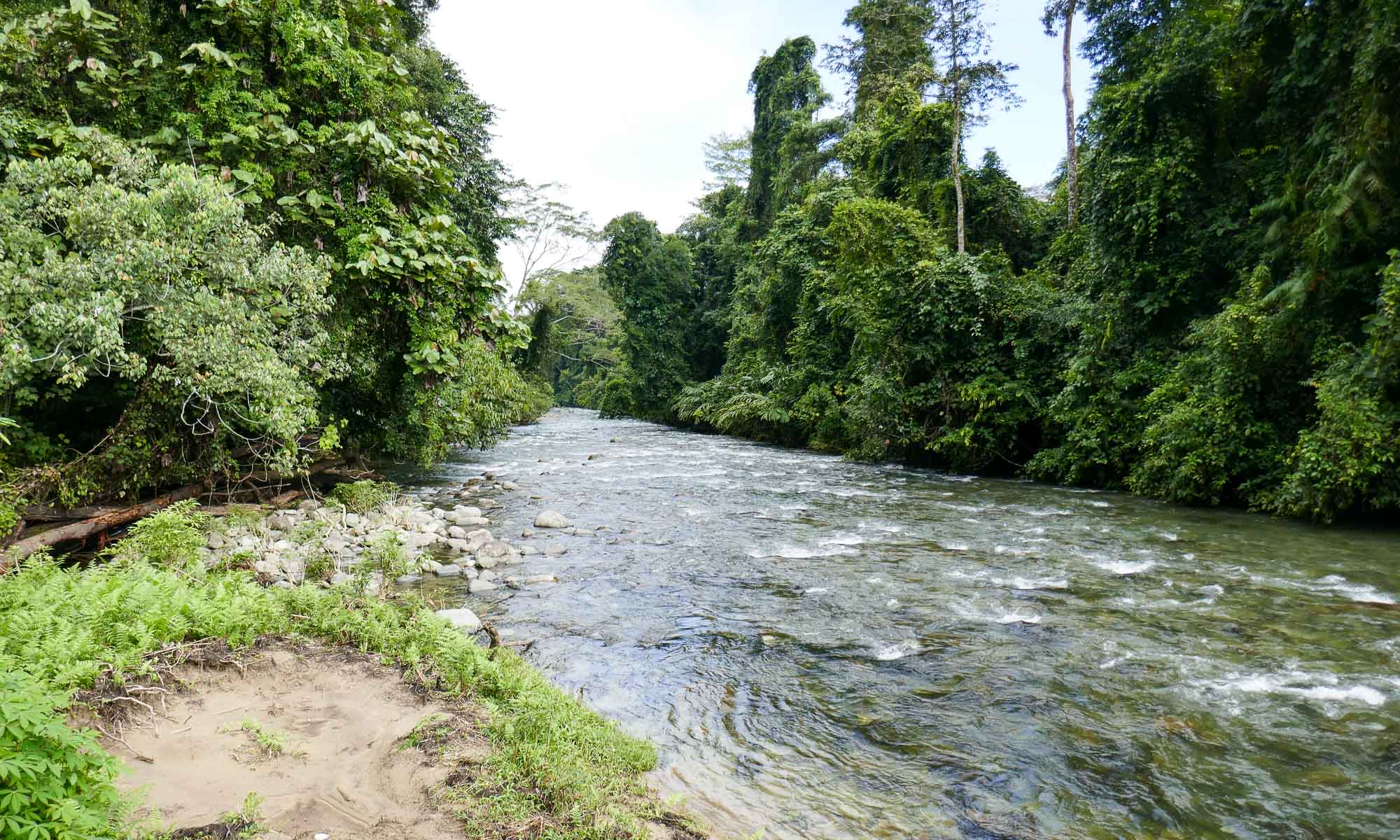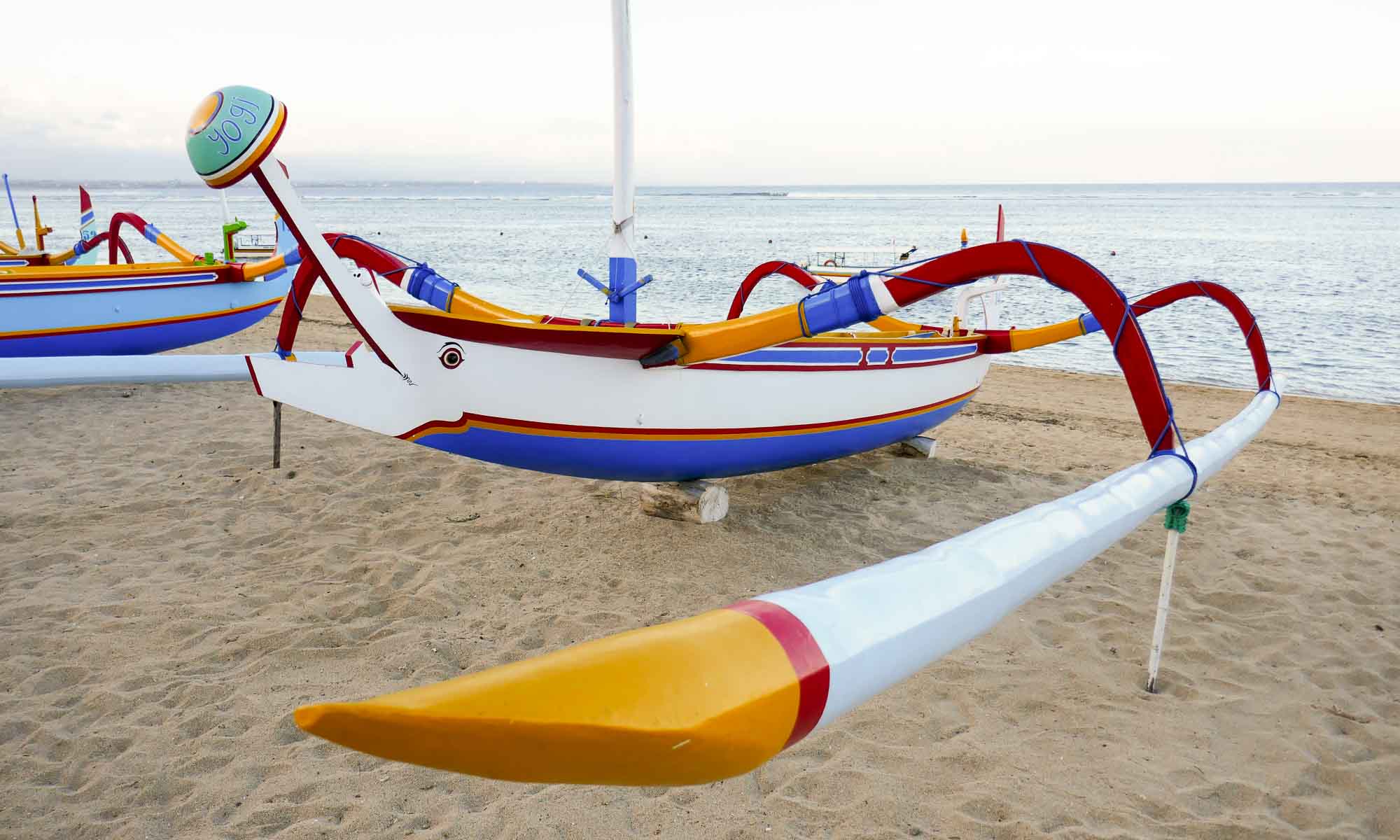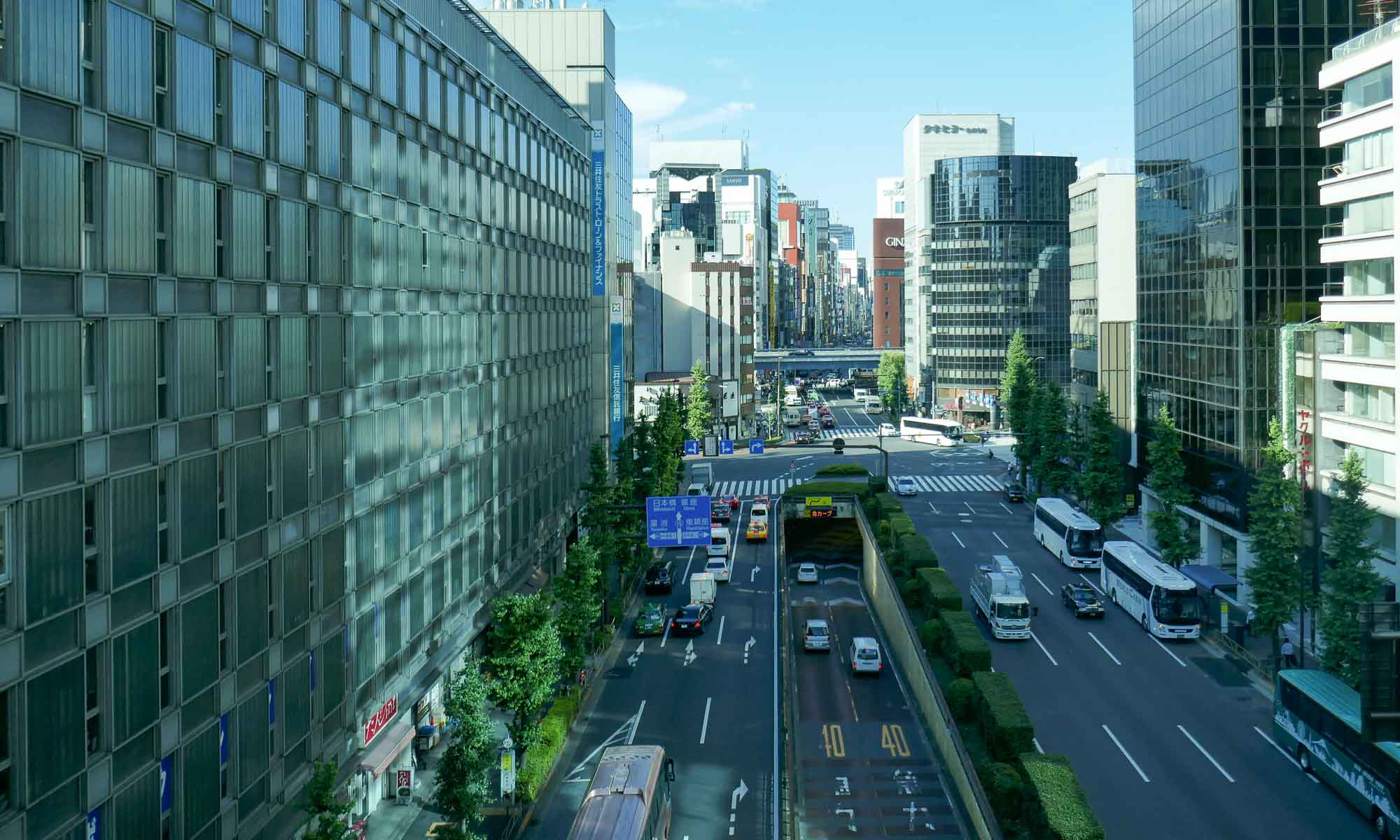Having mentioned to a Malaysian friend living in KL that we would be travelling through Malaysia, he informed us that he had just returned from a caving trip in Mulu and recommend that we set some time apart to visit. Well, days later our trip to Gunung Mulu National Park (Mulu) was set in motion.
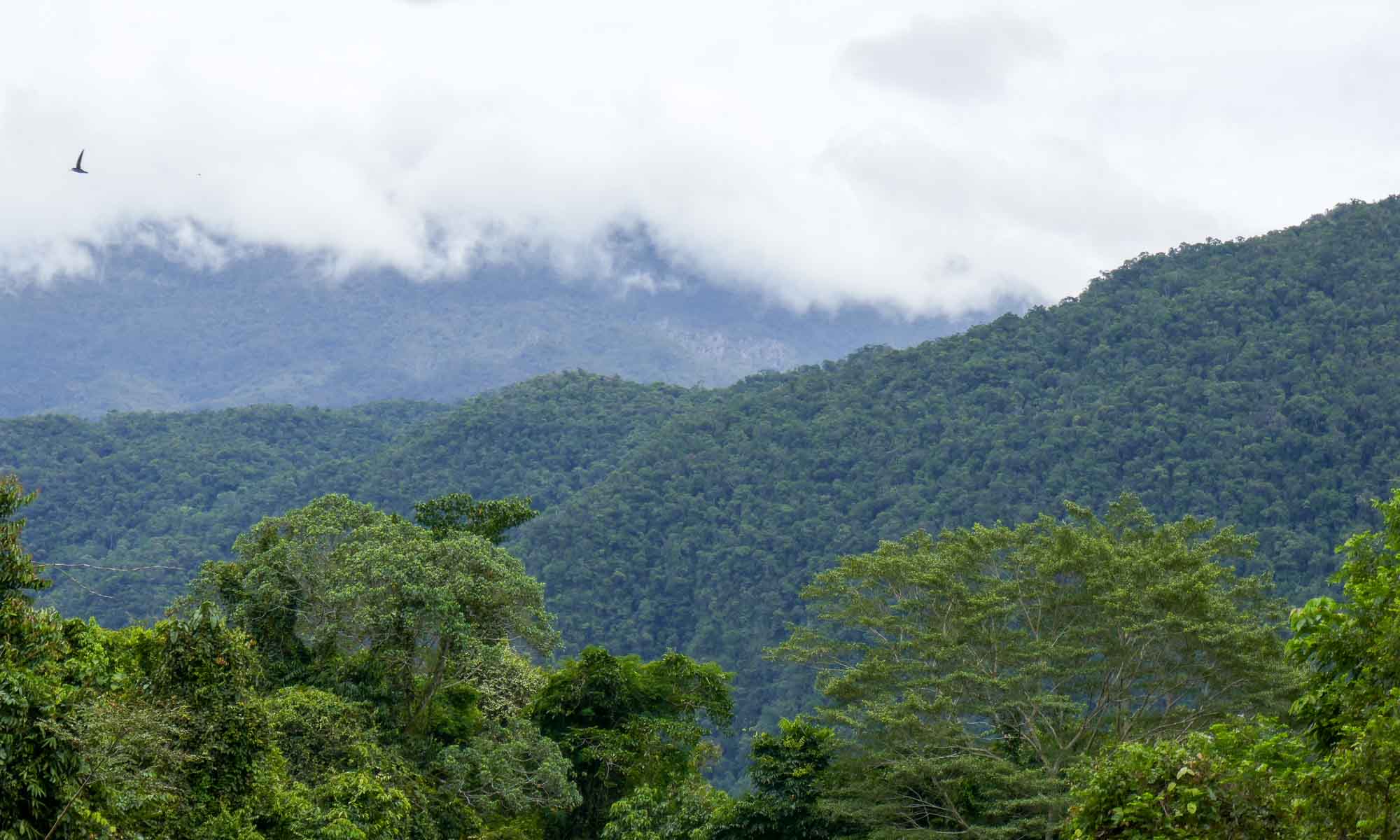
Mulu is located in Serawak, East Malaysia on the island of Borneo. It is a UNESCO world heritage site that is known for its rainforest, caves and karst formations. Beyond the national park there is not much else to do in Mulu, and this is the sole reason most visitors come to Mulu. A visit to the national park can be booked via the Park Headquarters (HQ) or via other travel agencies.
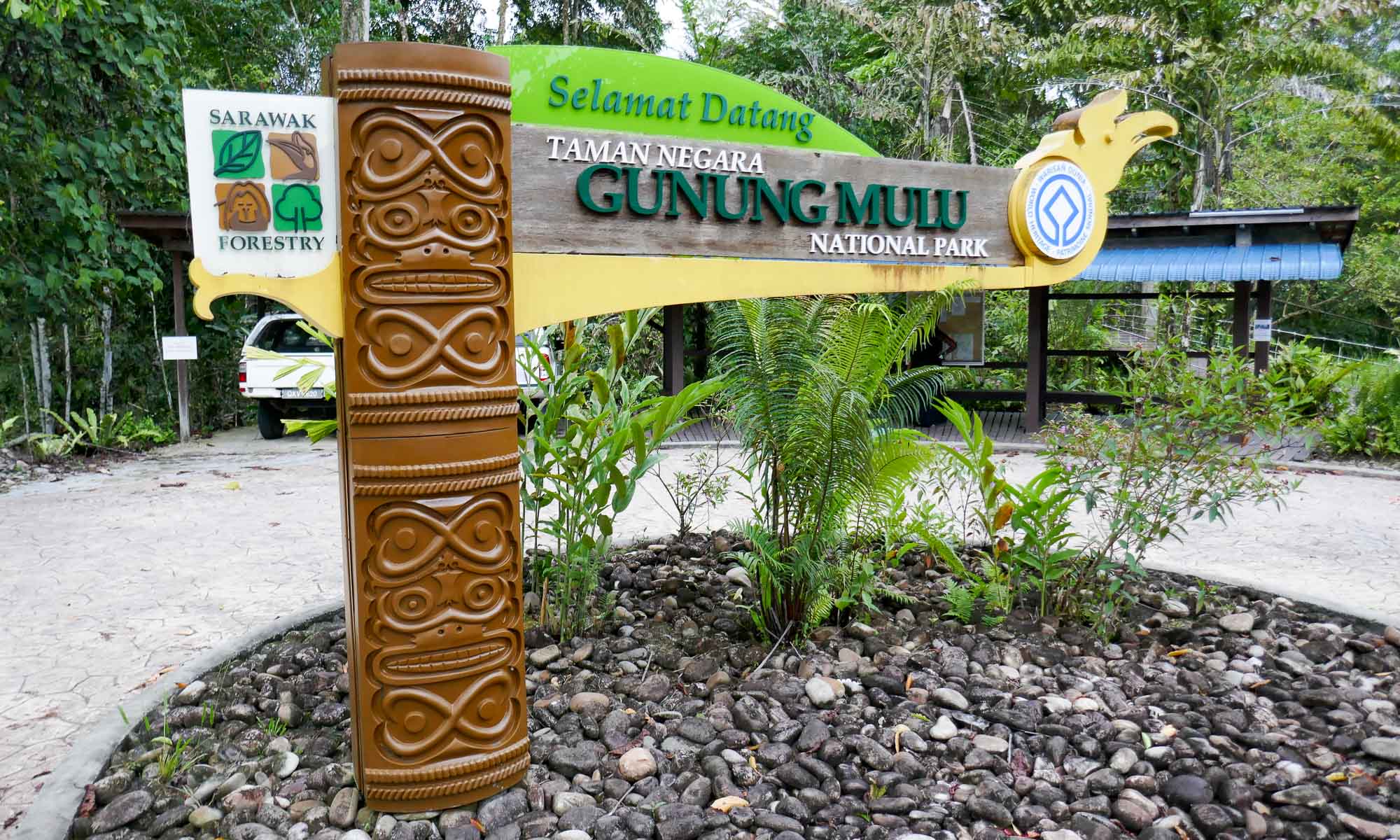
Mulu Highlights
Gunung Mulu National Park offers several tours and activities, and all visitors are required to pay an entrance fee of RM 30, valid for 5 days. More information can be found on their website: mulupark.com. Since tours fill up way before the dates you might want to visit, it is recommended to book them in advance. We visited for five days and chose the following tours:
Fastlane cave
Based on reading reviews online prior to our visit, we decided to do the Fastlane cave tour. It is advertised as including a section from one of the adventure caves, so even though we are not cavers, we hoped to have a taste of what real caving would be like. That was not the case!
The tour starts with a longboat ride from behind the Park HQ office. Upon arrival at the pier, we walked for about 15 minutes, and climbed up a few stairs to the entrance. Since the caves are almost completely in the dark our headlamps came in handy. A wooden walkway is provided to ensure that the cave is kept as natural as possible. While we did see some nice formations, a Racer snake, bats and white crabs, we left the tour hungry for more.
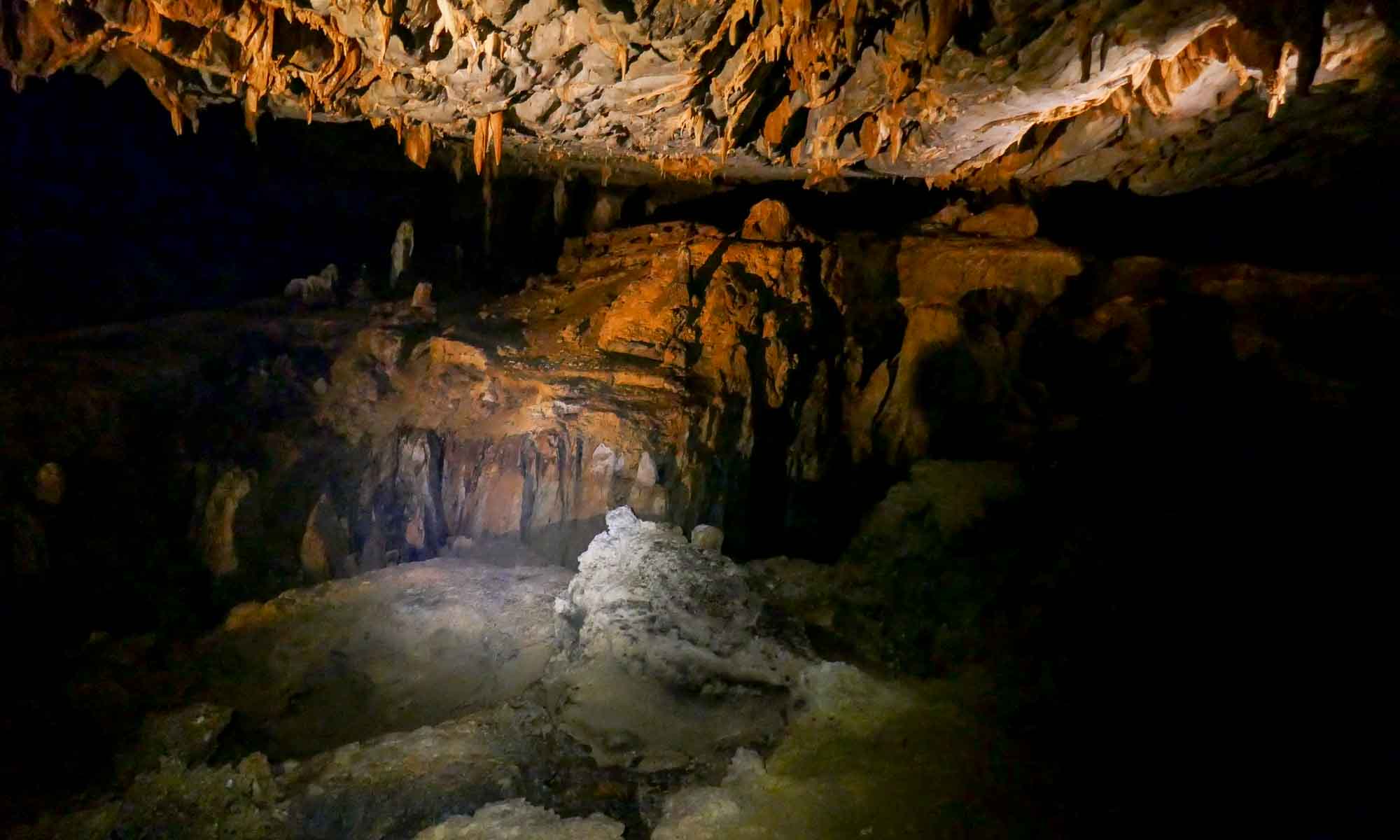
Cave fee: RM 65 per person
Pinnacles tour (including Clearwater Cave and Cave of the winds)
The Pinnacles tour is advertised as being the most exhilarating and challenging tour in the park (and it is!). Prior to setting foot in Mulu, I had been gearing myself up for the hike (as well as the 2-night stay at Camp 5), since the parks website clearly states that the guides would monitor the fitness level of all hikers which could return people pack at will. To visit the pinnacles the park only offers a 3 day 2 night trip, though we did hear of some hikers that did it within a 2 day 1 night trip.
So exactly what are these pinnacle? The pinnacles are limestone formations, which due to time and water appear as razor sharp spikes jutting towards the sky from the rainforest below.

The tour started with a longboat ride from behind the Park HQ office to Penan longhouse market since we had included the Clearwater Cave and Cave of the winds tour (for an additional fee of RM30), which typically includes a visit to the market. The market, while interesting to see, is definitely only geared to visiting boats and is quite touristy. Sadly, I do wish it was done differently, with the ladies actually demonstrating how they made the products, to make it clear that these were not “made in China” items.
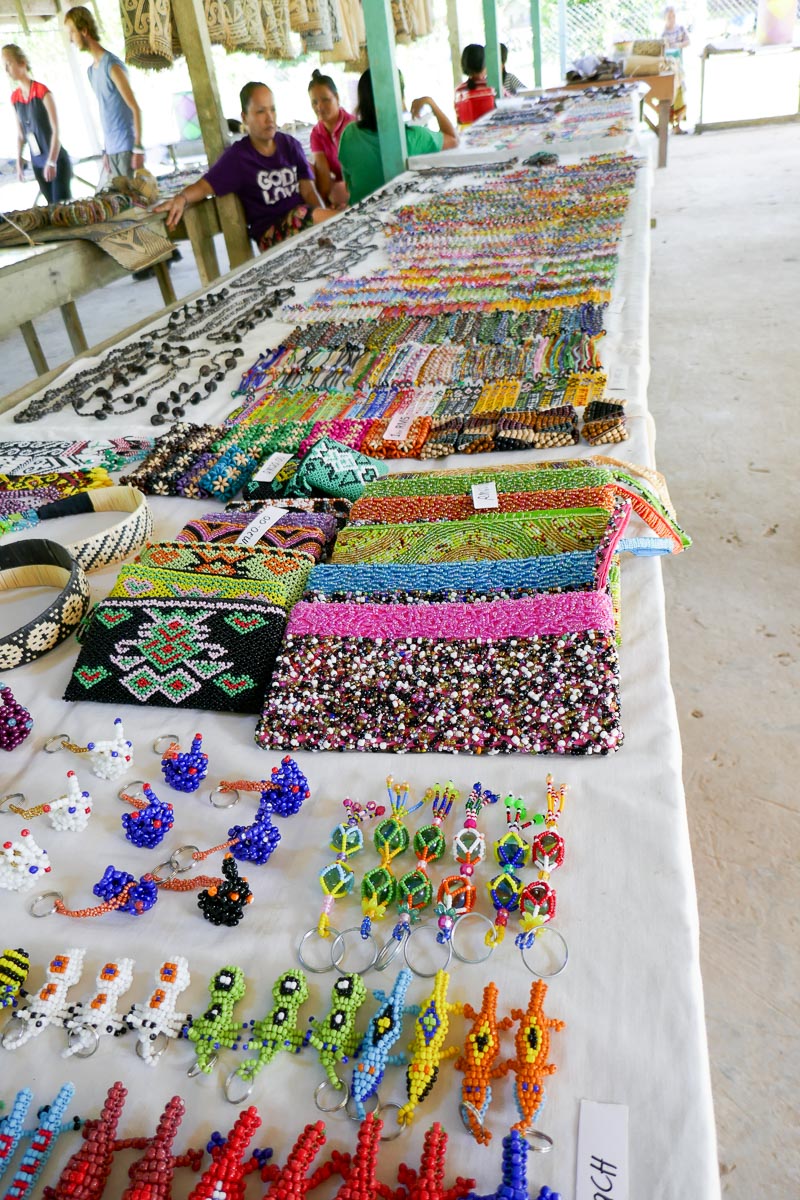
After the market we headed off to the caves, stopping first at the Cave of the Winds. The name stems from the fact that there is a cool breeze blowing through the cave in a number of areas and had much better formations than the Fastlane cave. The most spectacular section is what is known as the Kings Chamber.
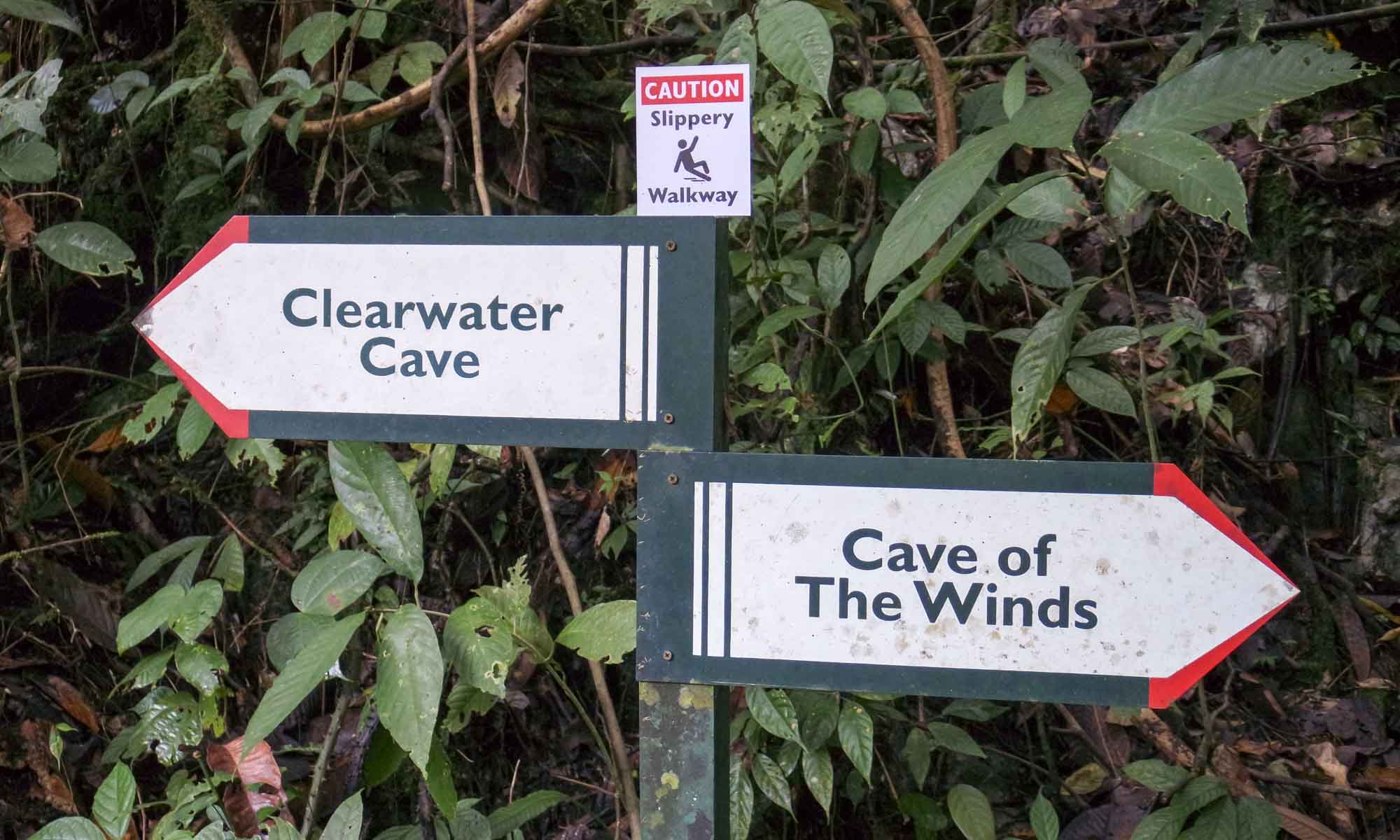
Next, despite the Clearwater Cave being nearby we rode in our longboats since we had the 9km hike to Camp 5 later on as part of the Pinnacle hike. The entrance to the cave is at the top of a significant number of stairs, but fortunately once you reach the top, the view into the cave makes all that effort worthwhile. The cave is well lit, and you can actually see the river flowing inside the cave. There are several stairs inside the cave, as well as a number of rest stops, where you can savour the view. This is definitely a cave, where I feel pictures don’t capture the beauty and awesomeness.
After visiting the cave, we had a chance to relax and eat lunch but not swim….since we had the 9km hike shortly.
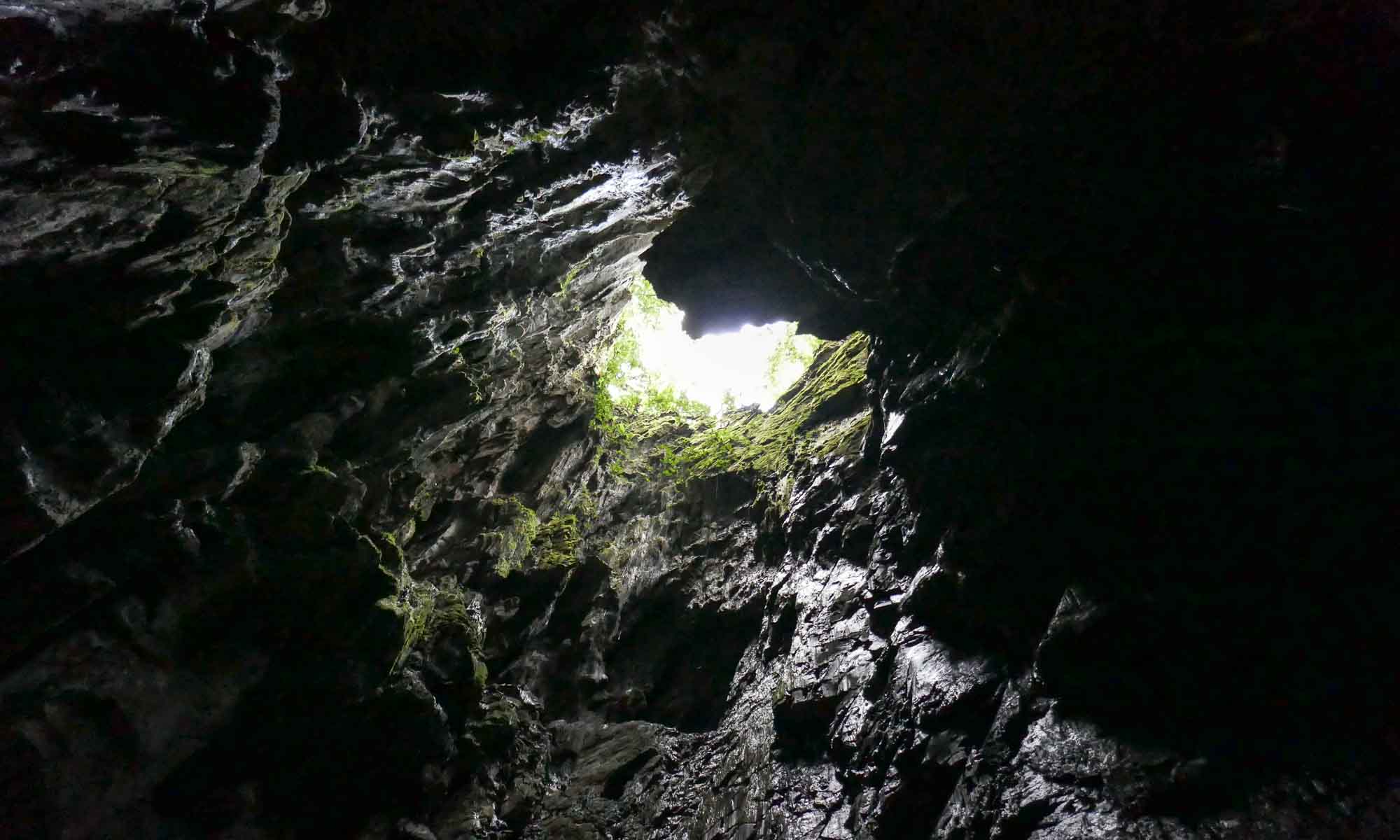
We headed up the river again shortly after lunch to the start of the Pinnacle hike. Getting out of the longboats onto the embankment was a feat of its own, but we all managed it without getting wet. The hike was quite easy, with the highlights being the crossing of 2 wooden bridges, where the maximum number of people on the bridge was 2 at a time. We reached the end of the hike and Camp 5 after 2 hours.
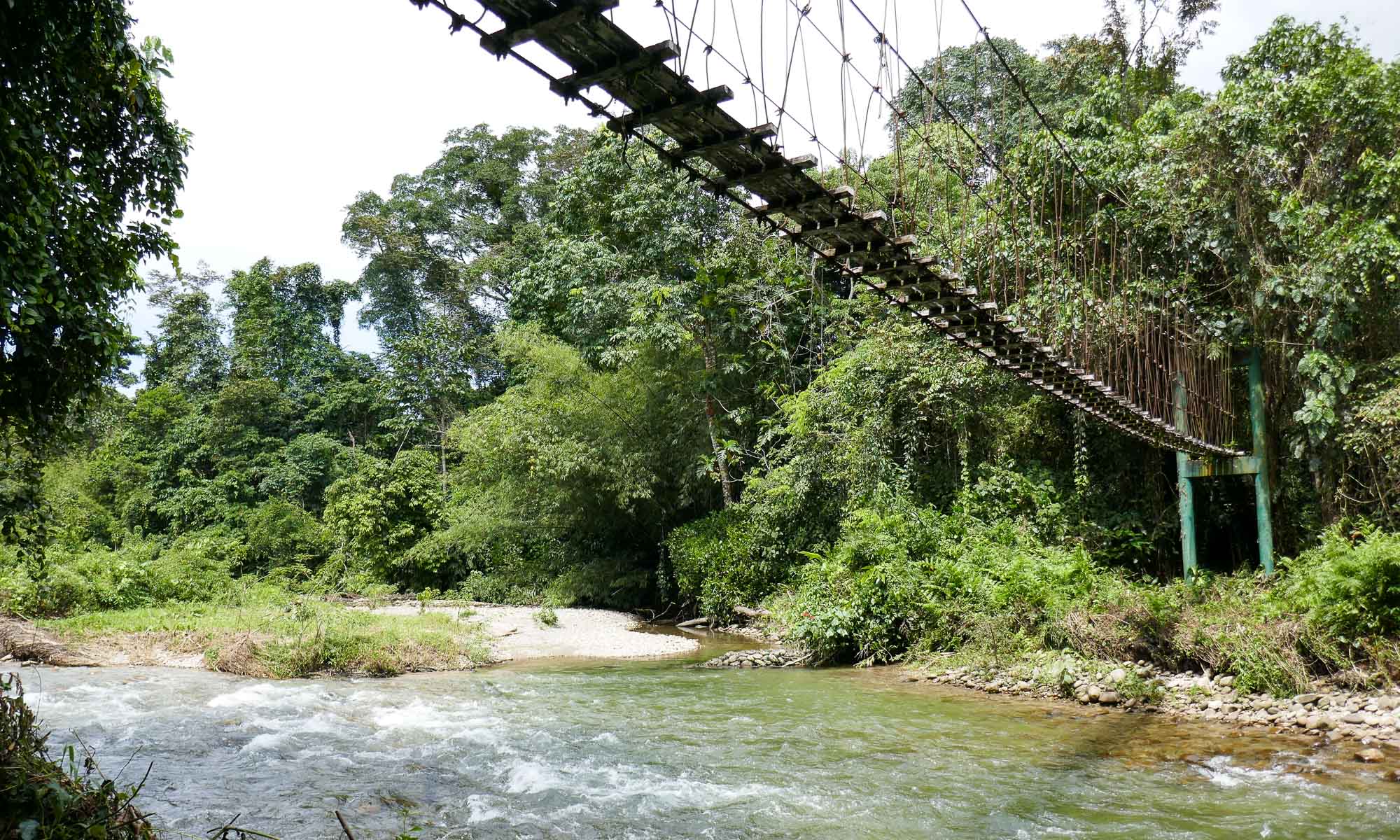
The next part of the Pinnacle hike was to start the next day and so we were able to swim and relax for the evening. For me, this included having a shower and subsequently fracturing my wrist. As I picked myself up from the slippery floor I sadly realised that my Pinnacle hike adventure was over! Shortly after dinner, the guides confirmed my fear, and stated that as the hike includes a constant uphill 2.4 km climb over roots of trees and natural steps, with the last part including the use of ropes and ladders, there was no way I could do it one-handed.
Nevertheless they provided a number of safety precautions for the other hikers which included: in the event that it rains shortly before the 0700 departure, the climb will be cancelled; level of fitness is monitored, and you are required to complete the hike to the mini-pinnacles in an hour, if you do not manage that, then you are forced to turn around and return to camp.
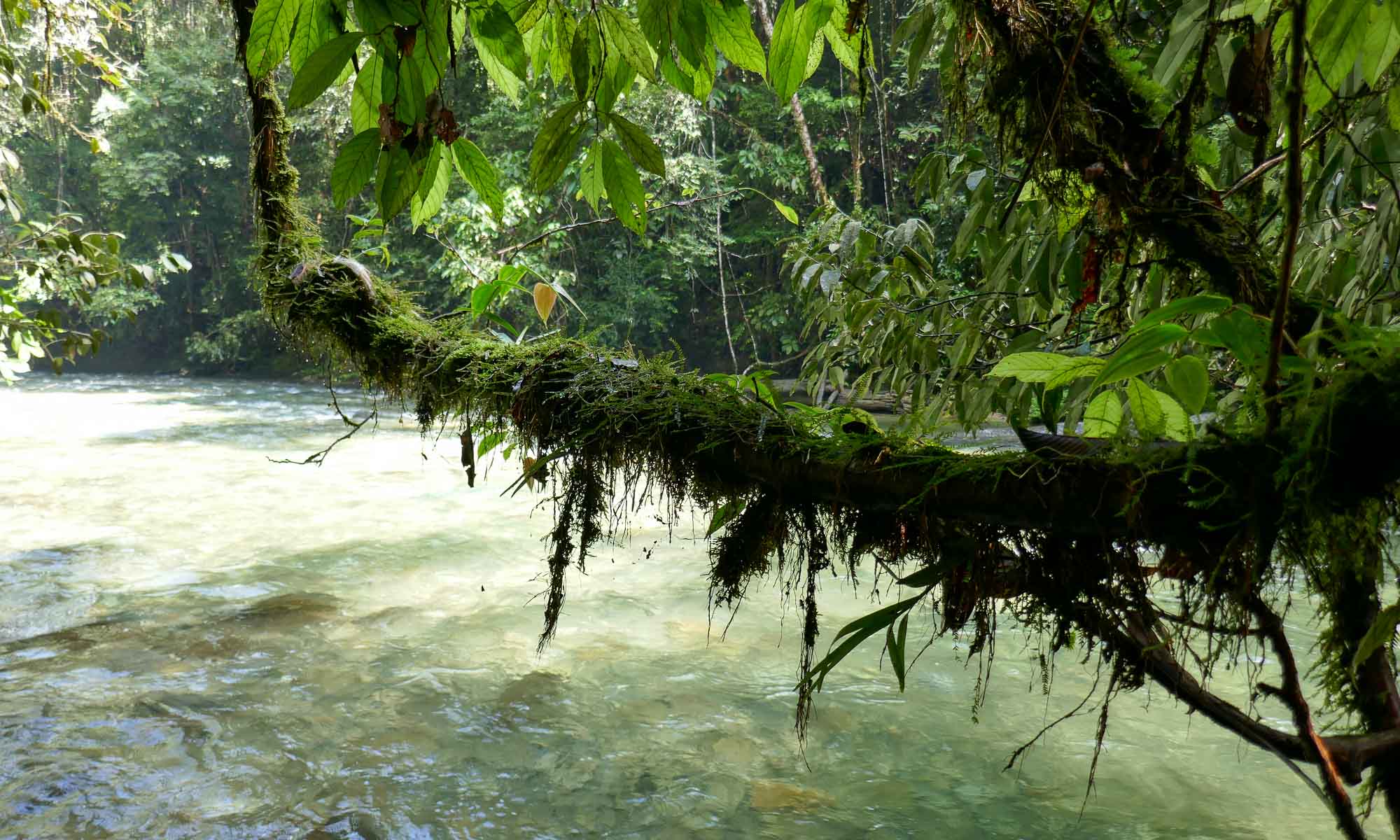
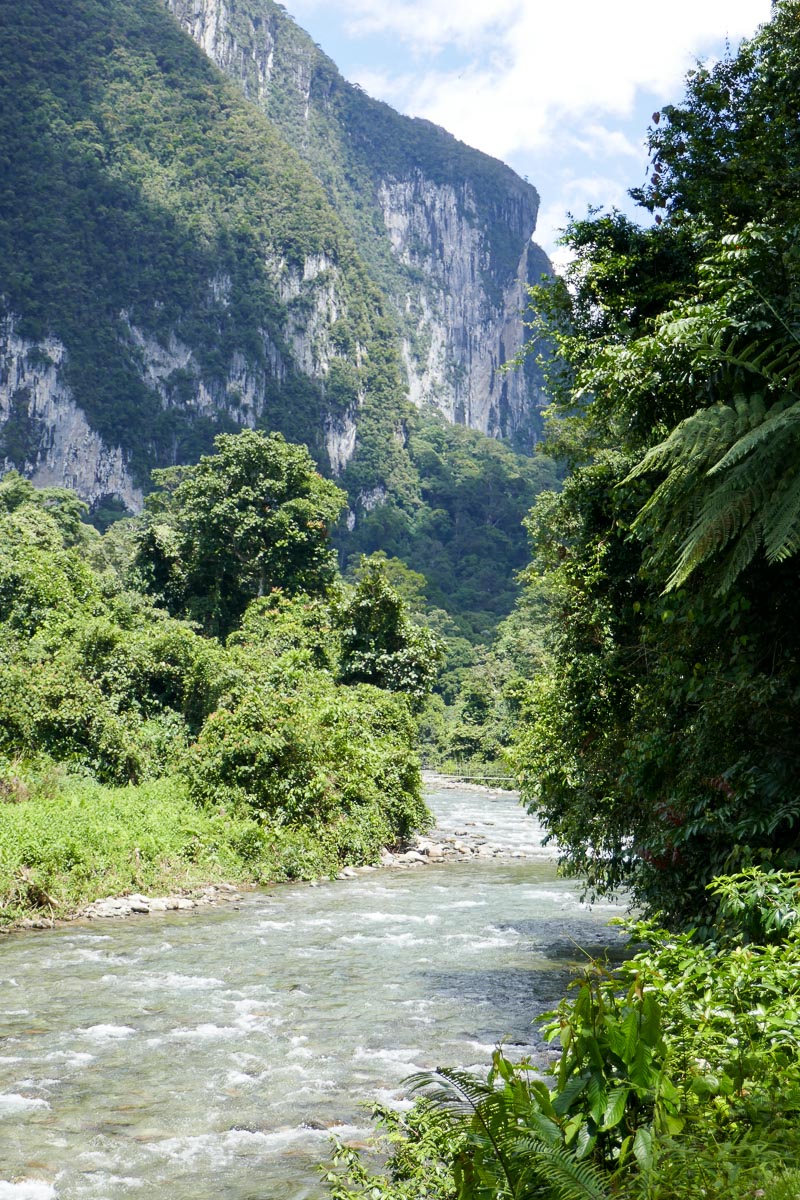
While we didn’t manage to complete the Pinnacle hike this time, it is surely on our list of things to complete in the future.
Pinnacle hike fee: RM 415 per person (this includes a fee for the guided hike and a fee for accommodation at Camp 5).
Sleeping in Mulu
Mulu caters for all types of visitors, with budget, mid-range and luxury accommodation. The main accommodation is that of Park HQ where they provide hostels, longhouses or bungalows. In addition, locals provide homestays and there is a Marriott. We planned to experience a broad range of the options provided. The Marriott for the first two nights, Camp 5 for the next two and one of the Park HQ bungalows for the last night. We ended up cancelling the last night at Park HQ due to the need to get to a hospital in Miri.
Snapshot of Mulu Marriott Resort & Spa
We were picked up at the airport by the hotel shuttle, since the hotel is located at the end of the single main road in Mulu. The shuttle can also be used to get to the Park HQ. The facility is quite spread out with bungalows in separate wings, several lounging areas, a pool, bar and restaurant.
We stayed in a deluxe rainforest room, which was quite large with a big bathroom and balcony overlooking the rainforest. As is the norm in most hotels, free water was provided since drinking the tap water or even using it to brush your teeth is risky.
Breakfast was included within our rate and included a large spread of both Asian and Western options. Wi-Fi was available all through the facility, though the strength was pretty weak and it was a challenge to get any work done.
Snapshot of Camp 5
As we are not campers, after we booked the Pinnacles tour, I scoured the internet to literally find out all information I could about Camp 5 to prepare myself for the experience.
Camp 5 is literally a camp site, with about 3 concrete structures (the dorms, the bathroom, and the accommodation for the staff).
The dorms are separated into 5 open-air rooms and are basically a wooden platform elevated on planks. There are no windows and no doors, and though a light does exist at night, to limit the presence of mosquitoes and bats, we kept the light off at night. Folks from similar tours are allocated to the same room, and this does increase the comaraderie. A thin mattress is provided, but luckily when we visited the camp was not full and so we borrowed additional mattresses from other rooms, which helped to improve our sleep quality.
The bathrooms include shower stalls (2) and toilets (2) and a large changing area. Only cold water is provided, and you might see the occasional bug lingering around. While there is often water on the floors of the changing area, the bathrooms are not badly maintained. I was impressed to find that toilet paper was provided.
The kitchen was currently not inside a building, but was based outdoors beneath a canopy as the previous building was being revamped, to improve the amenities for campers. Facilities offered included drinking water, pots and pans and utensils. Unknown to us, a fridge does not exist at Camp 5, so having packed several sandwiches for the next 3 days, we ended up consuming them all the first day.

Camp 5 survival tips
Our nights in Camp 5 will not be forgotten soon, however below are some tips or things to take, which made the experience all that more special.
- Mosquito nets: with my love of insects and other potential flying/non-flying rodents, the mosquito net helped to provide an enclave of sorts. Mosquito nets can either be loaned from Park HQ for a small deposit or rented from the lady at Camp 5. We completely forgot to pick them up at Park HQ and so had to pay RM 25 to rent them at Camp 5.
- Headlamps: these were used mainly to go to the bathroom in the middle of the night or when we were required to wake up early and get dressed and it was still dark.
- Mosquito repellent: none is sold at Camp 5, and mosquitoes love Camp 5, so it is essential that one is doused in deet.
- Food for 3 days: Mulu does not have a large grocery store, though items can be bought in the Park HQ store or some of the small shops outside the park. However, these can be expensive, so we had bought some items (noodles, bread, snickers bars, etc) in Miri. We noted that depending on the tour you have selected, if you have booked with a separate agent, they usually also provided cooked meals at Camp 5.
- Games: One of the guys on our tour had a deck of UNO. While at first we were hesitant to join the game, this did provide good entertainment during the many hours we had there.
- Powerbank: There are no power outlets at Camp 5, so in the event you need some music or other mode of distraction (there was no phone signal in Camp 5) a power bank will keep all your devices charged.
- Earplugs: While these might not drown out all the sounds at night, which include the sound of bats through the night or the guy in the next room snoring, they sure do minimize them.
- Swimsuit: After the 9km hike to Camp 5 on day 1, almost everyone jumped into the river to cool down.
Apart from this list above, below are some of the suggested items to take for the 3 day 2 night tour (including the Pinnacle climb)
- Watershoes: in the dry season, the longboats might get stuck, as such, one might be required to assist and push the boat along. Though we visited during the rainy season, we did notice a couple of times on the river, where the front longboat driver had to assist and push the boat.
- Raincoat: we took our raincoats, but hardly used them. Even if it does rain getting wet can prove to be a blessing in the heat.
- Climbing gloves: these are helpful for the ropes during the Pinnacle hike.
- First aid kit: though we were sceptical about packing this, the truth is, you can never know when you might need it. After fracturing my wrist while at Camp 5, taping and bandaging up my wrist helped to stabilize it for the duration of the time I was stuck out there. In addition, one of the girls in our tour group slipped on the way down, and had a deep gash on her leg, so the kit came in handy.
- Sleeping bag/sheet: despite having wiped down the mattresses with wet wipes, this is highly recommended.
- Towel and toiletries
- Flip-flops for the shower
- Water: we were advised to carry 2 litre bottles of water each, one which would be left at some point on the trail to be used for your way down. The camp site provides boiled drinking water so there is no need to drag several full bottles from Park HQ. They also have empty 2 litre bottles, though I would recommend bringing your own.
- Shorts: for the Pinnacle climb on day 2 we were advised to wear shorts as it gets very hot on the trail
- Long trousers: visiting during the rainy season, it is advisable to wear long trousers as there can be leeches on the leaves
Getting to Mulu
Mulu is set in a remote location, and MASwings flights arrive from Miri or Kuching daily and from Kota Kinabulu three times a week. The occurrence of these flights is highly dependent on the weather.
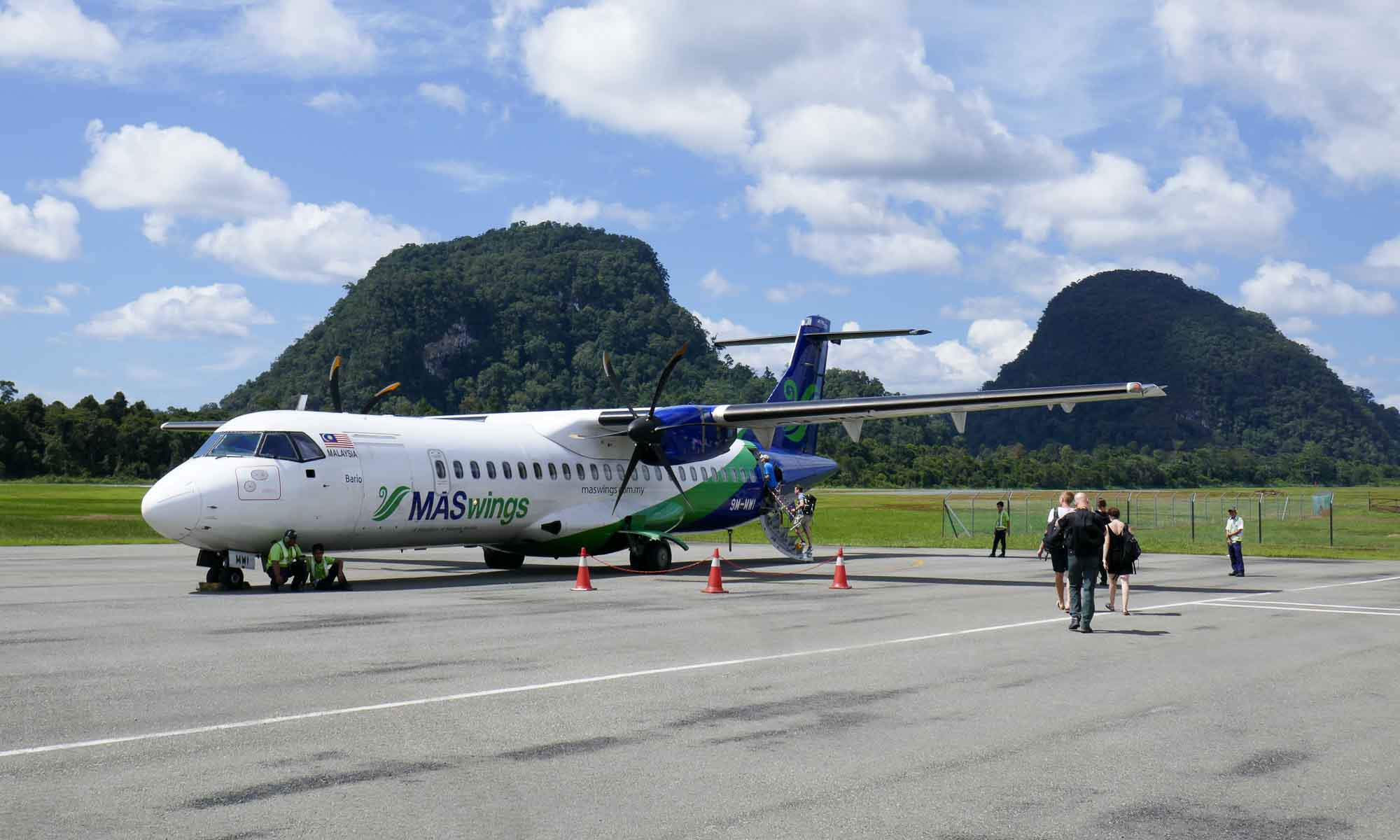
Getting around Mulu
The easiest way to get around is by walking. Without luggage, the airport is about a 15-20 minute walk from the Park HQ. Marriott offers a shuttle for hotel guests which will pick you up from the airport and also take you to Park HQ. For the return trip, if not within the shuttle schedule period, the security office at Park HQ can call the Marriott to request the shuttle. In addition, some locals (including the folks at Good Luck Cave’fe) offer rides for a price, just be sure to get the exact quote prior to jumping in.
Dining in Mulu
Good dining options are somewhat limited at Mulu, While the Marriott has a restaurant where we could have had dinner, we preferred to eat at either the Park HQ canteen or the café just outside the park entrance, Good Luck Cave’fe. At both places, the food provided was of good quality and reasonably priced.
